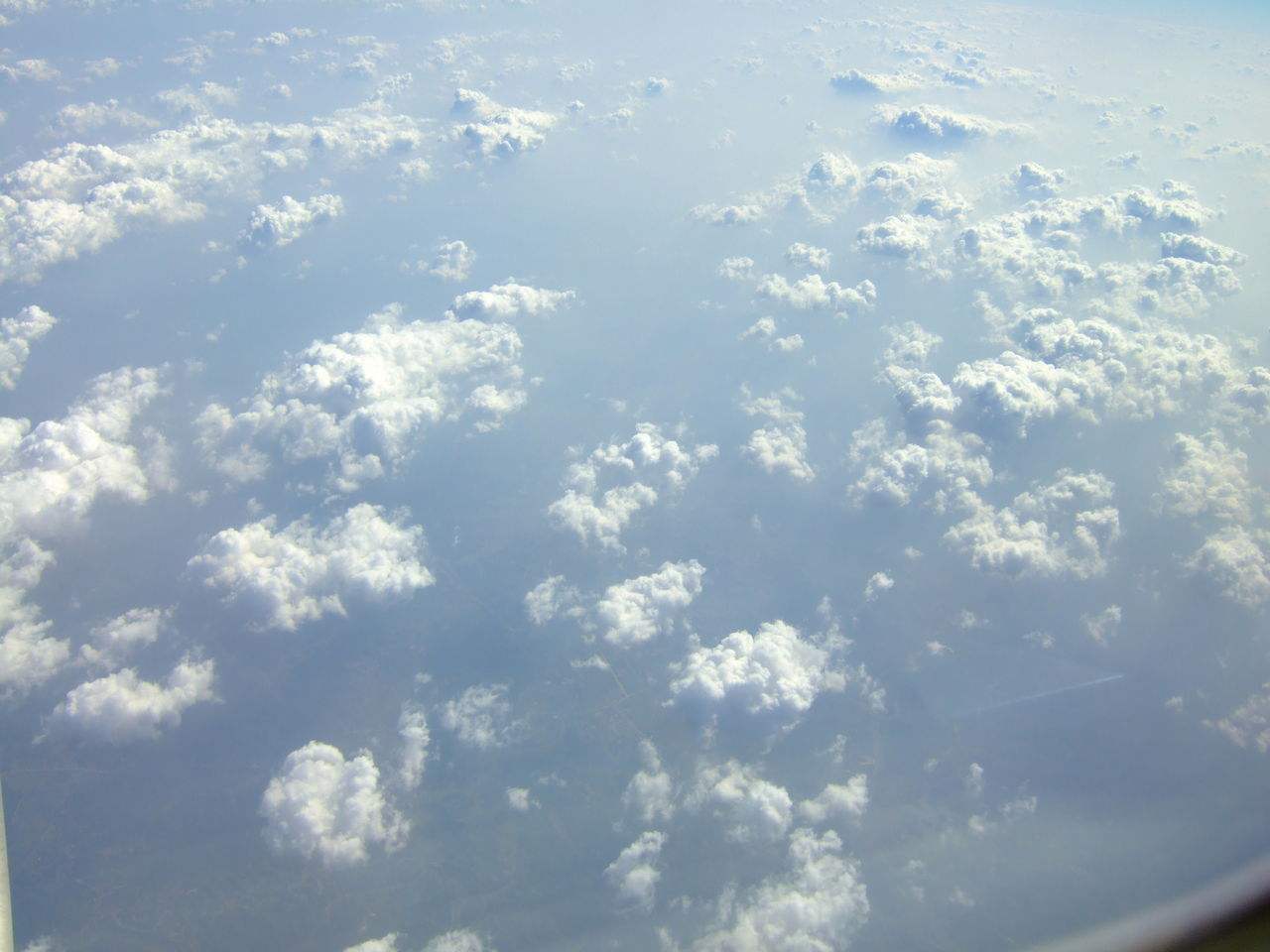The temperature six miles up can be -70 degrees Fahrenheit, and you would need, or at least very much appreciate, supplementary oxygen.
10公里高空的溫度會降至零下57攝氏度,你需要補充氧氣,至少很希望這么做。
After you have left the troposphere the temperature soon warms up again, to about 40 degrees Fahrenheit, thanks to the absorptive effects of ozone (something else de Bort discovered on his daring 1902 ascent). It then plunges to as low as -130 degrees Fahrenheit in the mesosphere before skyrocketing to 2,700 degrees Fahrenheit or more in the aptly named but very erratic thermosphere, where temperatures can vary by a thousand degrees from day to night—though it must be said that "temperature" at such a height becomes a somewhat notional concept.
離開對流層以后,由于臭氧層的吸收作用(這是博爾特在1902年那次勇敢的攀升中的又一發現),溫度很快又會上升到大約4攝氏度。到了中間層,溫度又聚降到零下90攝氏度,然后到了那個顧名思義的熱層又一下子上升到1500攝氏度以上,而且熱層的日夜溫差可達500攝氏度以上——必須指出。在這樣高度的溫度多少已經成了個理論概念。

Temperature is really just a measure of the activity of molecules. At sea level, air molecules are so thick that one molecule can move only the tiniest distance—about three-millionths of an inch, to be precise—before banging into another. Because trillions of molecules are constantly colliding, a lot of heat gets exchanged. But at the height of the thermosphere, at fifty miles or more, the air is so thin that any two molecules will be miles apart and hardly ever come in contact. So although each molecule is very warm, there are few interactions between them and thus little heat transference. This is good news for satellites and spaceships because if the exchange of heat were more efficient any man-made object orbiting at that level would burst into flame.
溫度其實只是盤度分子活動程度的一個標準。在海平面高度,空氣分子密度很大,一個分子只要運動極小的距離——說得確切一點,大約百萬分之一厘米一就會砰地撞上另一個分子。由于幾萬億個分子在不停撞擊,大量的熱量得到交換。但是,在熱層的高度,即在80公里以上的高度,空氣那么稀薄,兩個分子相隔數公里,幾乎沒有接觸的機會。因此,雖然每個分子的動能都很高,但彼此之間幾乎沒有影響,因此沒有多少熱量傳遞。這對衛星和宇宙飛船來說是個好消息。這是因為,要是熱量交換的頻率較高,在那個高度運行的任何人造物體都會熊熊起火。
來源:可可英語 http://www.ccdyzl.cn/Article/201802/540253.shtml











